Cooking over fire is older than civilization, but it keeps returning as a food trend, always with a new quirk or re-brand. Nowadays, it seems to be going under the name of ‘live fire cooking’, with the emphasis on cooking over wood or coals rather than with gas.
BBQs aren’t only the home of steaks and popping bangers; fresh veg can be just as happy above a pile of glowing embers. Here are my tips for feasting on flame-grilled flora:

It’s not meat – Your veg won’t sear in quite the same way as meat, and it won’t drip or render fat either. A few of the same principles do apply though: the thinner the cut and larger the surface area, the faster the cook. A larger, denser item will need a longer cook over a lower heat.
Think ahead – A good fire takes time to catch, flare, flame and settle. Give yourself some time and get everything well prepared. Depending on the fire, you might need to cook different things in different places and for different times.
Direct heat – Direct heat is for a speedy, searing cook; ideal for veg that is thin and will cook fast, the equivalent of a steak or chicken breast – think asparagus spears or courgette strips. The fire is at its hottest just after the flames have died down and you have glowing embers with small flicker flames.
Indirect heat – This is a slower and lower cook, allowing the heat to build up and move through the whole veg without burning the outside and leaving the inside raw. Think cabbages, squash, sweetcorn. This is usually done over a shallower bed of embers when they are starting to fade and turn ash-grey. Increasing the distance between the embers and the grill can help mellow the heat too.

Three zones – Ideally you should arrange your fire into three rough zones. At one end, you want a deep pile of hot, glowing embers for high-heat, direct cooking. In the middle, rake a thinner layer of ebbing embers for indirect cooking. At the other end, keep a space below the grill that’s fire free, as a ‘safe space’ to shift things that look like they may be suffering or misbehaving. It’s also a great area to hold food that’s ready. You’ll end up with a spectrum of heat across the fire. You can feed new wood or coals into the hot end and shuffle everything along.
Remember the embers – You don’t always need to cook above the fire; you can cook in it too. The embers will hold their heat for a long time. Think of it like an oven: a surrounding cloak of heat into which you can tuck tasty morsels. You’ll often need a vessel that bears the brunt of the heat and allows you to create a hot, steamy chamber in which the veg can cook – jacket spuds wrapped in foil is the classic campfire trick. You can place some veg directly onto the embers; aubergines and onions can be blackened and blistered, before peeled and serving.

Herbs and aromatics – There’s a whole world of wood geekery to be applied to open fire cooking. Some people insist on oak, while others like the apparent sweetness of fruit woods like apple or cherry. Whatever you choose, just make sure it’s dry, hasn’t been treated, and isn’t too resinous, as it can be overly smoky and potent, giving everything an almost antiseptic taste. Some people swear that throwing herbs like rosemary or sage into the fire will impart some extra flavour, too. If you’re using charcoal, we’d recommend searching for a UK brand from a sustainable source, free from any chemical burn agents.
Read our top tips for how to BBQ all your favourite spring vegetables.

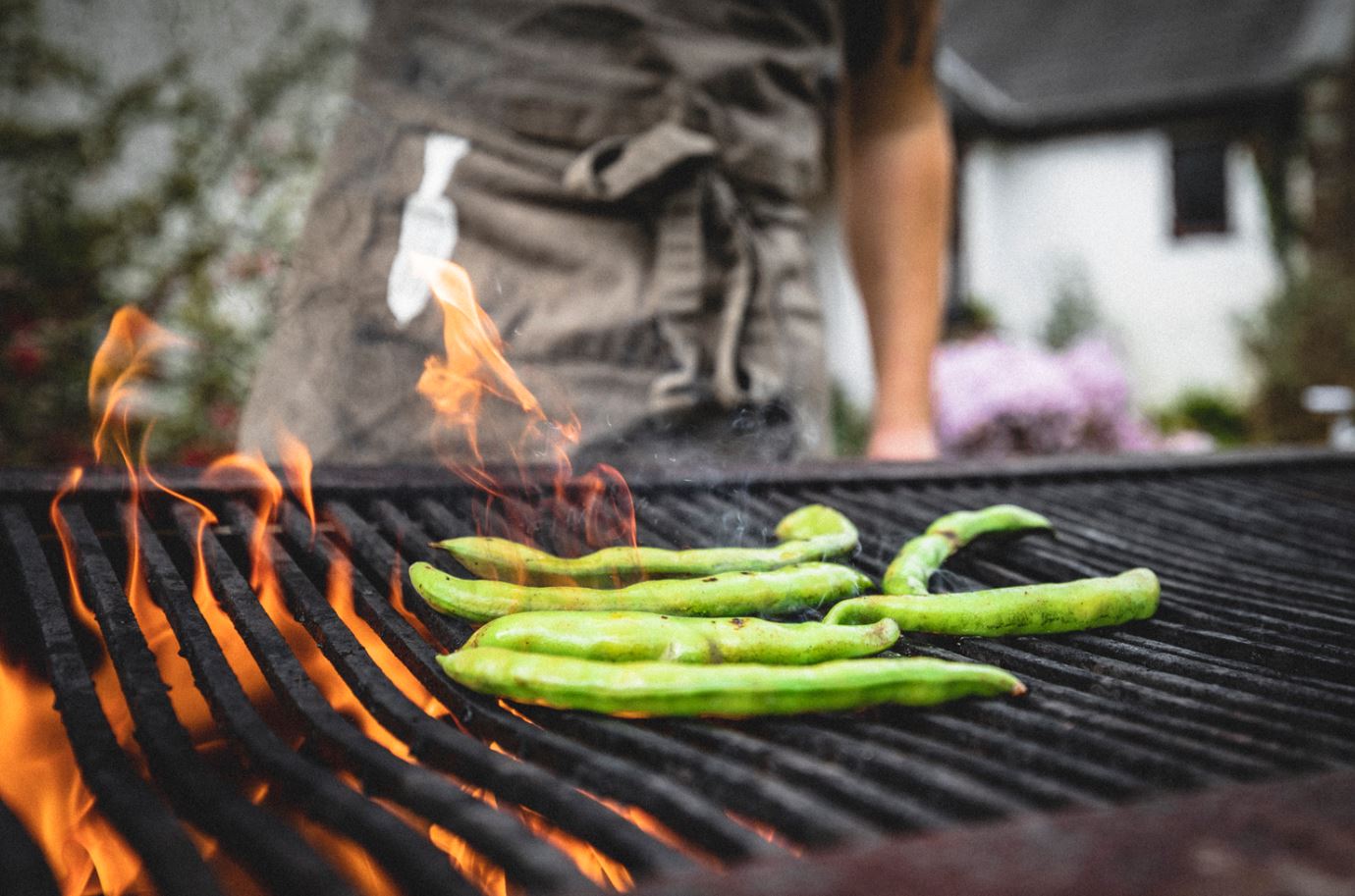
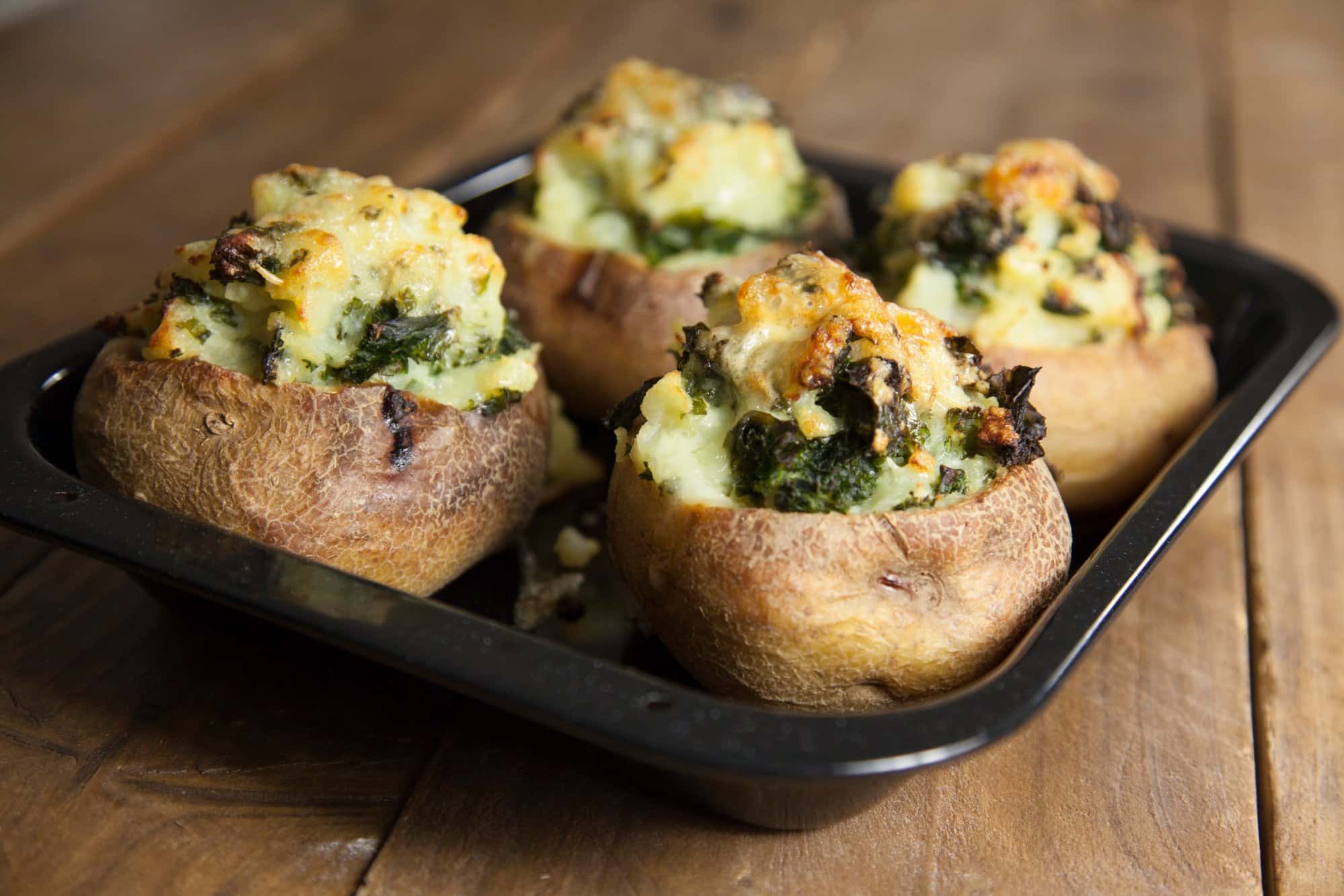
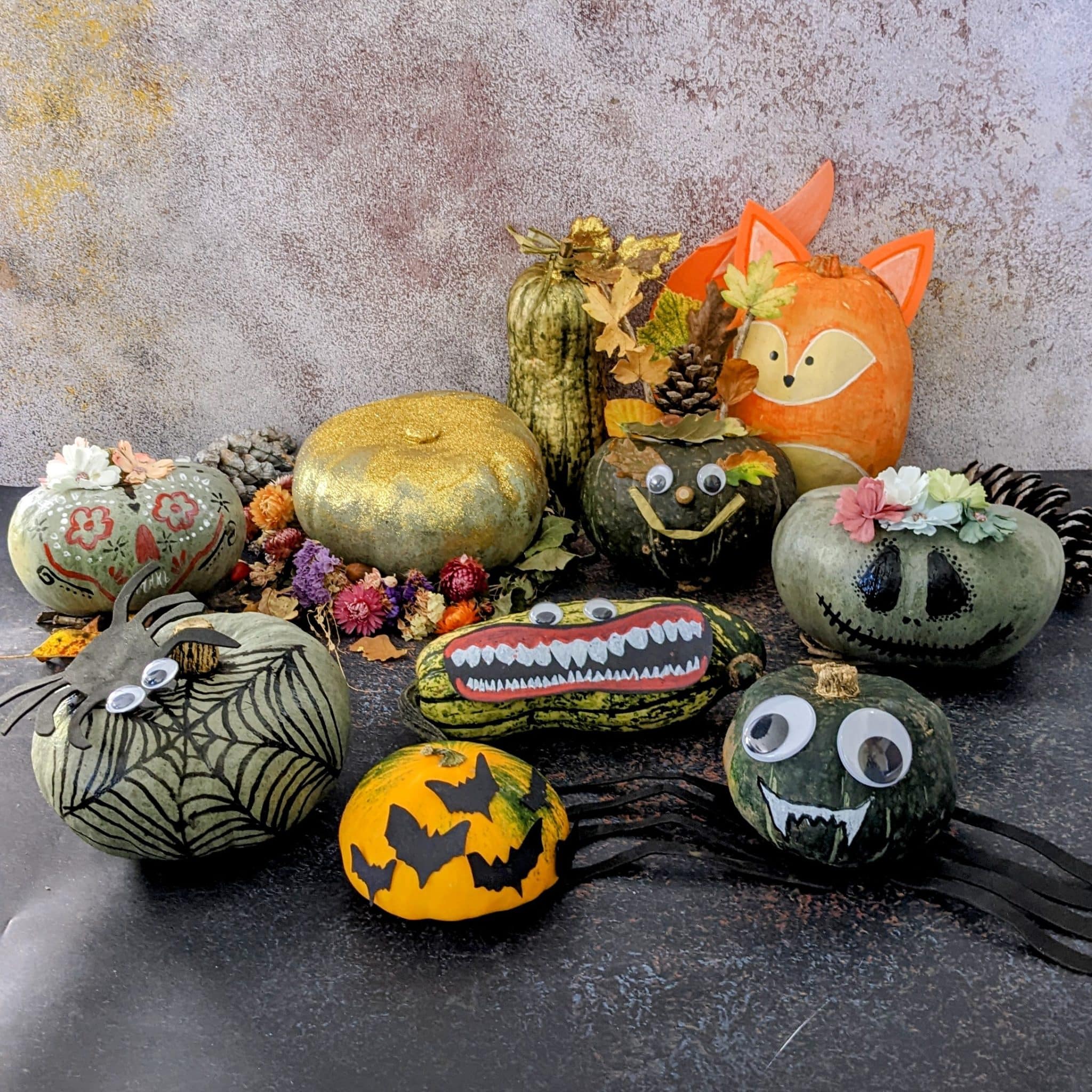
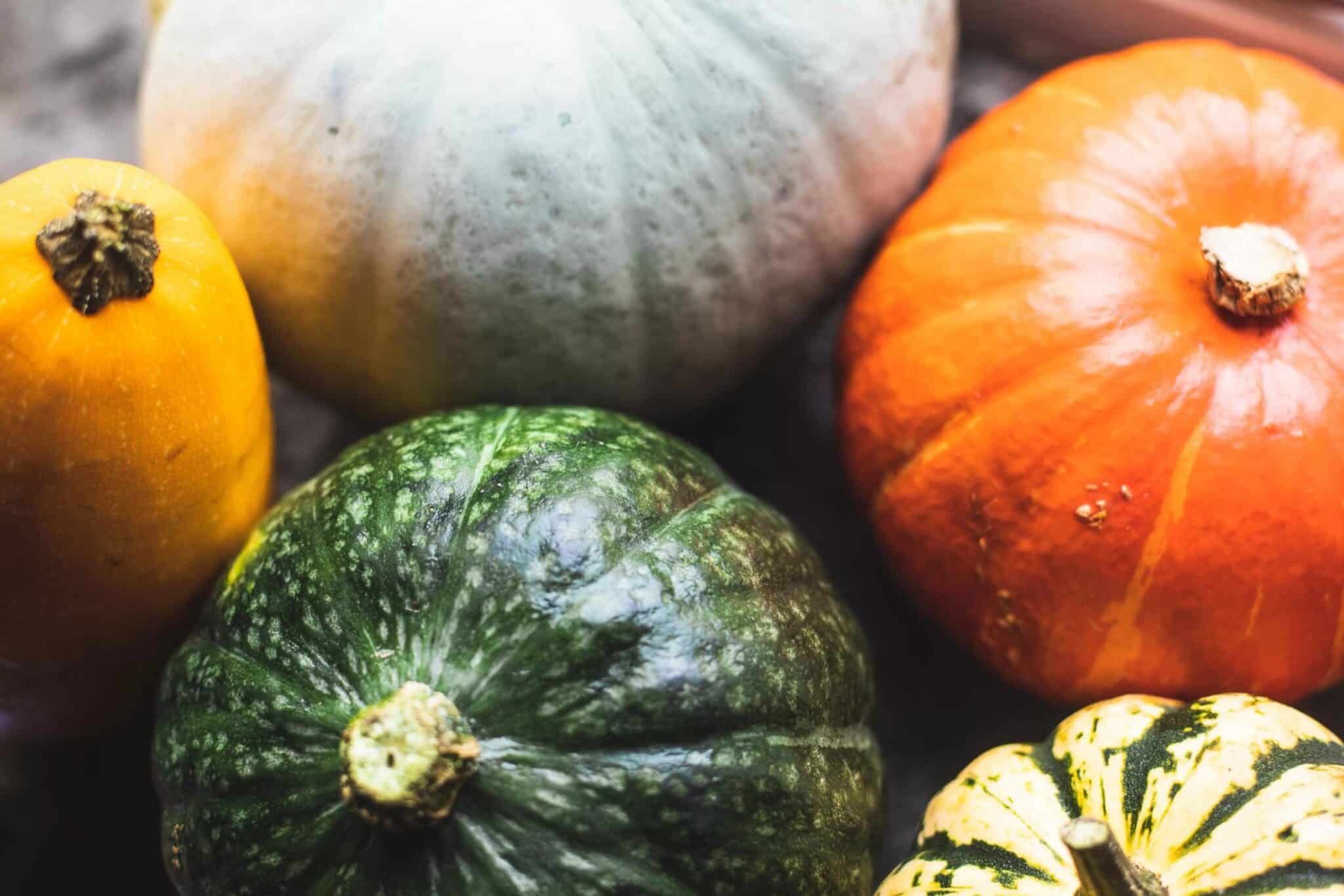

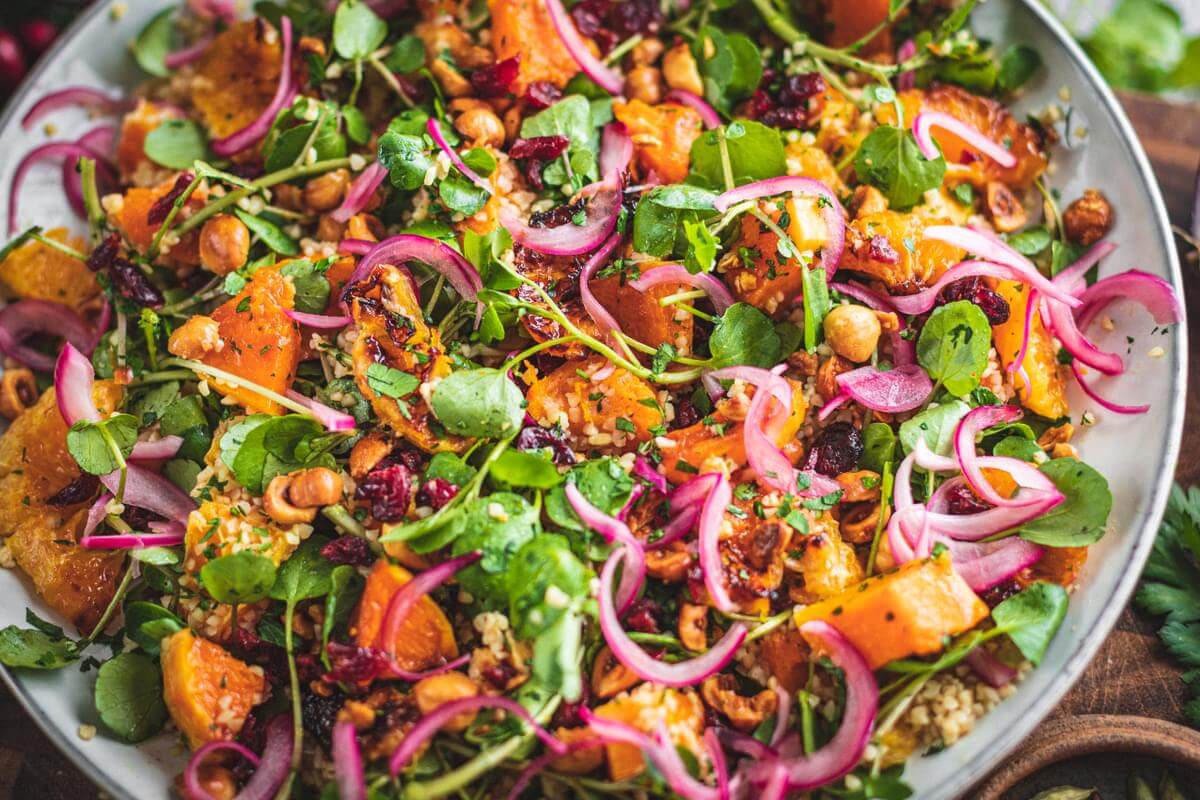
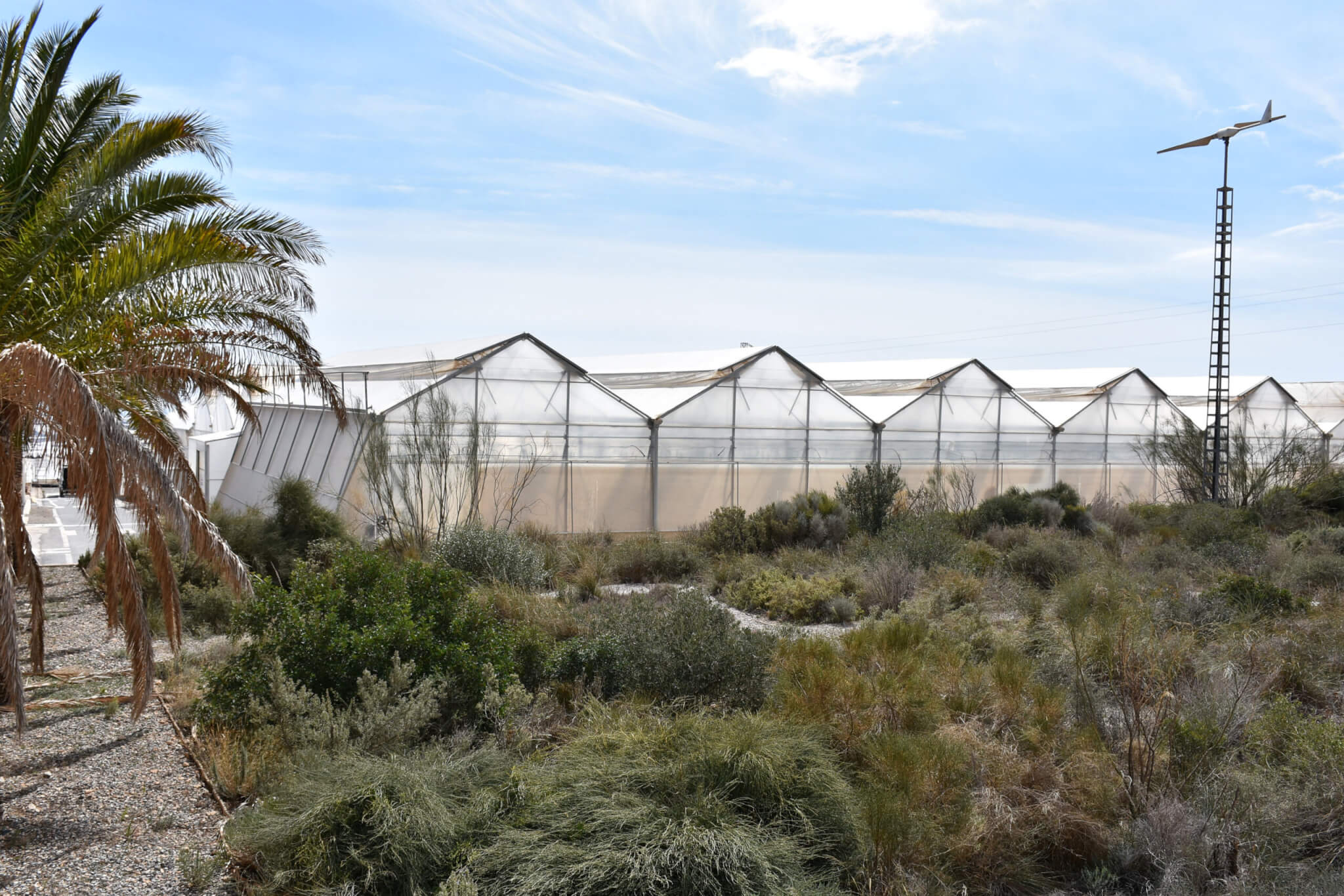




0 Comments